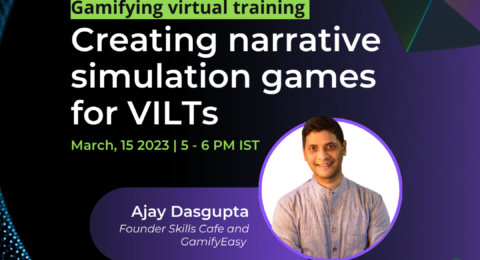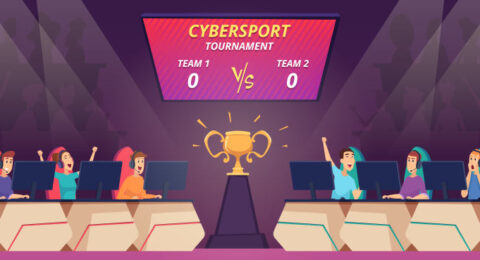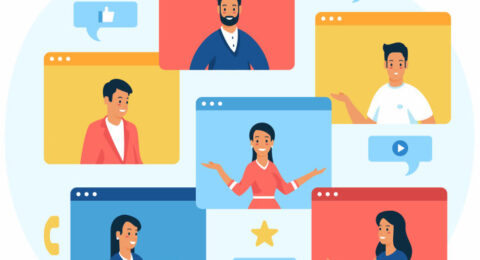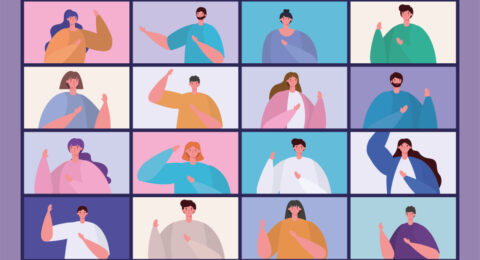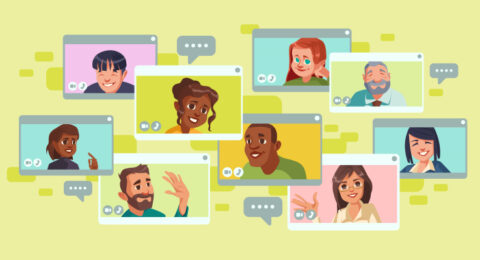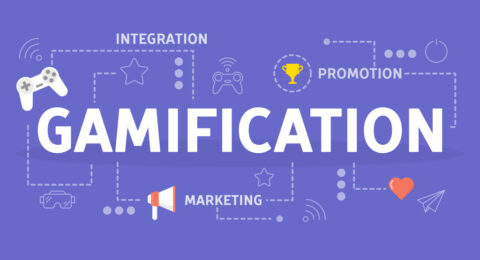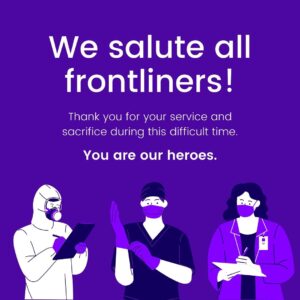Webinar: Creating narrative simulation games for VILTs
As the protagonist goes on a journey, the story unfolds. We …
Spotlight on Learner-Learner Interactivity
Learner’s interaction in learning environments can be broadly categorized under the …
Gamification in Learning: What the research says
Here is some contemporary research in the field of gamification in …

